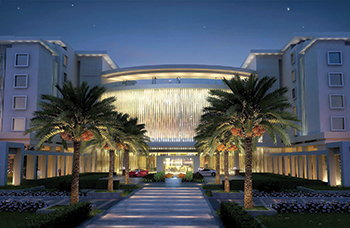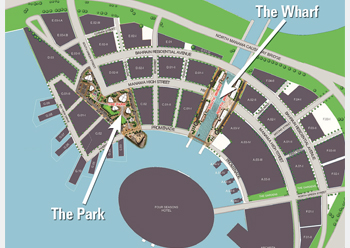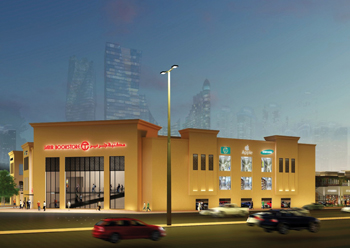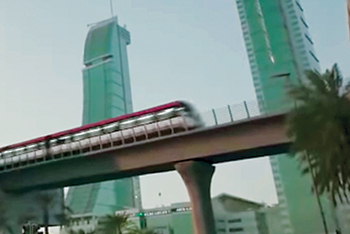.jpg)
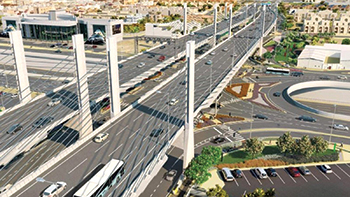 Qatar’s first cable-stayed bridge will be 1,200 m long.
Qatar’s first cable-stayed bridge will be 1,200 m long.
Qatar’s Public Works Authority (Ashghal) has started the construction of the first cable-stayed bridge in the country and the conversion of Haloul Roundabout into a two-level interchange on Sabah Al-Ahmad Corridor project.
The 1,200-m-long new bridge extends prior to Haloul Roundabout through Faleh Bin Nasser intersection in Salwa Road to provide free traffic flow between Hamad International Airport and the areas of Bu Hamour, Mesaimeer and Al Waab. The new bridge will consist of four lanes in each direction to accommodate more than 16,000 vehicles per hour.
Due to the length of the bridge, construction work will require the use of 854 precast concrete pieces, each weighing about 200 tonnes of reinforced concrete and 20 pylons and 16 piers to reach the highest point of the bridge to 30 m high.
Halul Roundabout will be revamped into a two-level interchange, which will include at-grade signallised intersection along with the free-flow cable-stayed bridge.
With the completion, the signallised intersection will consist of six lanes in each direction, including two right turns to the left and one for U-turn. The intersection will help the traffic in all directions to connect Sabah Al Ahmad Corridor to Halul Street and Salwa Road. It will serve Bu Hamour and Al Mamoora and many vital facilities surrounding the Wholesale Market and commercial activities on Salwa Road.
The Sabah Al Ahmad Corridor will form a vital link between the north and south of Doha through Al Watiyyat Interchange, at F Ring Road
Ashghal has already started construction of the first cable-stayed bridge in Qatar, which was designed to provide a free traffic flow, especially since the bridge will pass over Halul intersection as well as Faleh Bin Nasser intersection on Salwa Road.
The bridge is expected to be completed in the first quarter of 2021.





















_0001.jpg)


.jpg)
















.jpg)








.jpg)



